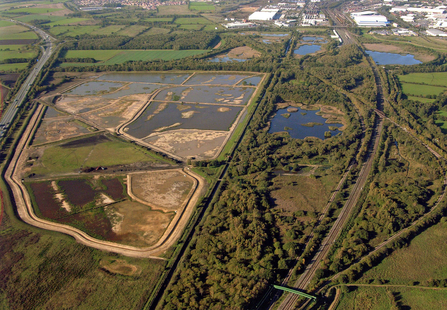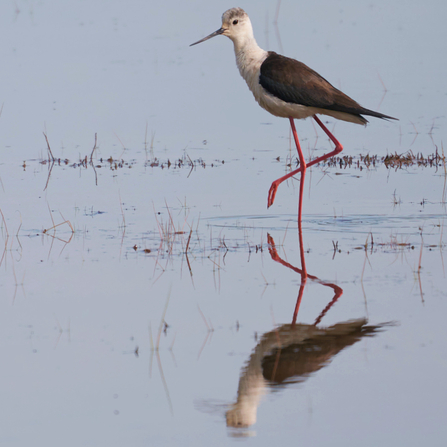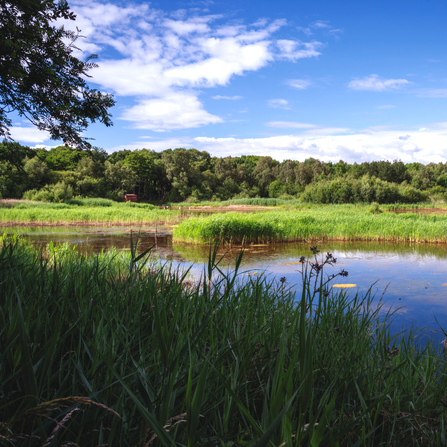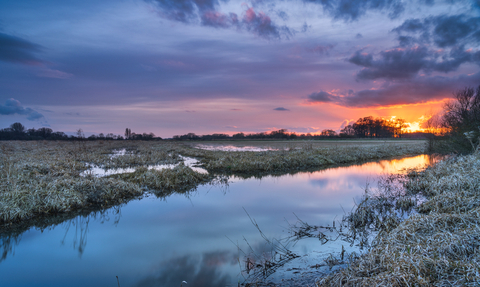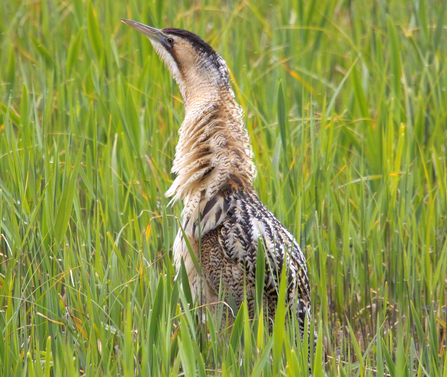
A wildlife haven
Famed for its wetland birds, including 20% of Yorkshire’s breeding bitterns, marsh harriers, and Yorkshire’s first ever breeding black-winged stilts, Potteric Carr in Doncaster has much to offer from its position nestled between motorway and railway. It isn’t just important for birds; this year Potteric recorded just over a third of the UK’s dragonfly and damselfly species, including the willow emerald dragonfly for the first time, and is also home to great crested and palmate newts, water shrews, water voles, harvest mice and roe deer.
Whilst Doncaster today is a fairly well-developed low-lying area of land, it sits on the site of what was once a vast wetland stretching between the Trent and Don. This wetland was part of the Humberhead Levels, a huge flat plain spanning over 2,000 square kilometres across Yorkshire, Lincolnshire and Nottinghamshire which ultimately drained 20% of England’s landmass into the Humber Estuary.


